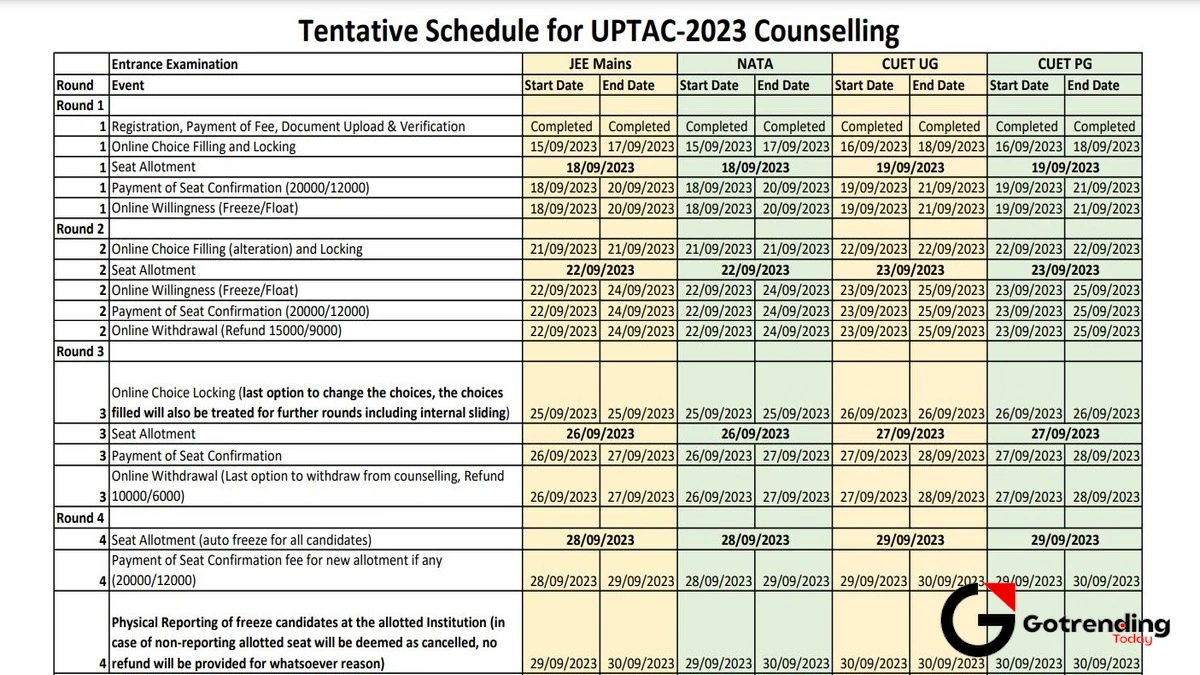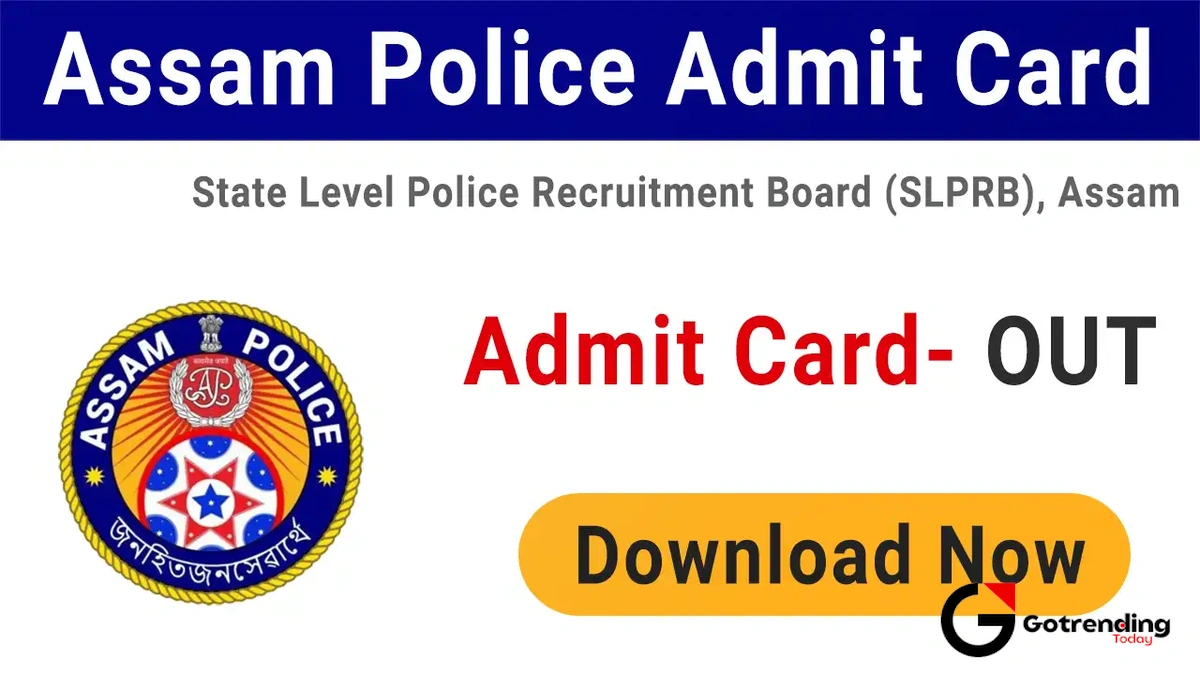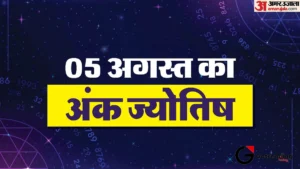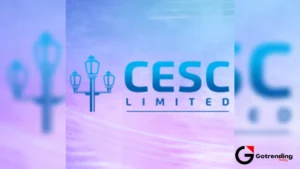UPTAC Counselling | Your No-Nonsense Guide to Avoiding Mistakes and Nailing Your Dream College
Okay, let’s talk. You’ve conquered the beast be it JEE Mains, CUET, or another entrance exam. The late nights, the endless mock tests, the chai-fueled revision sessions… they’re done. A huge weight is off your shoulders. But now, a new kind of anxiety is creeping in, isn’t it? It’s called UPTAC counselling .
Suddenly, you’re drowning in a sea of acronyms (AKTU, MMMUT, HBTU), confusing terms like “Float” and “Freeze,” and the paralyzing fear of making a mistake that could land you in the wrong college or branch for the next four years. It feels less like an admission process and more like a high-stakes strategy game where you don’t know the rules.
Let’s be honest. The official brochures are… dense. They’re written by administrators, for administrators. But you’re not an administrator. You’re a student, probably a bit tired and definitely stressed, who just wants to know what to click, where to upload, and how not to mess this up.
So, grab a coffee. Take a deep breath. I’ve seen countless students navigate this maze, and I’m here to be your guide. Think of this as your personal UPTAC playbook. We’re going to break it down, step-by-step, and turn that confusion into confidence.
UPTAC Isn’t Just a Form—It’s Your First Big Career Move
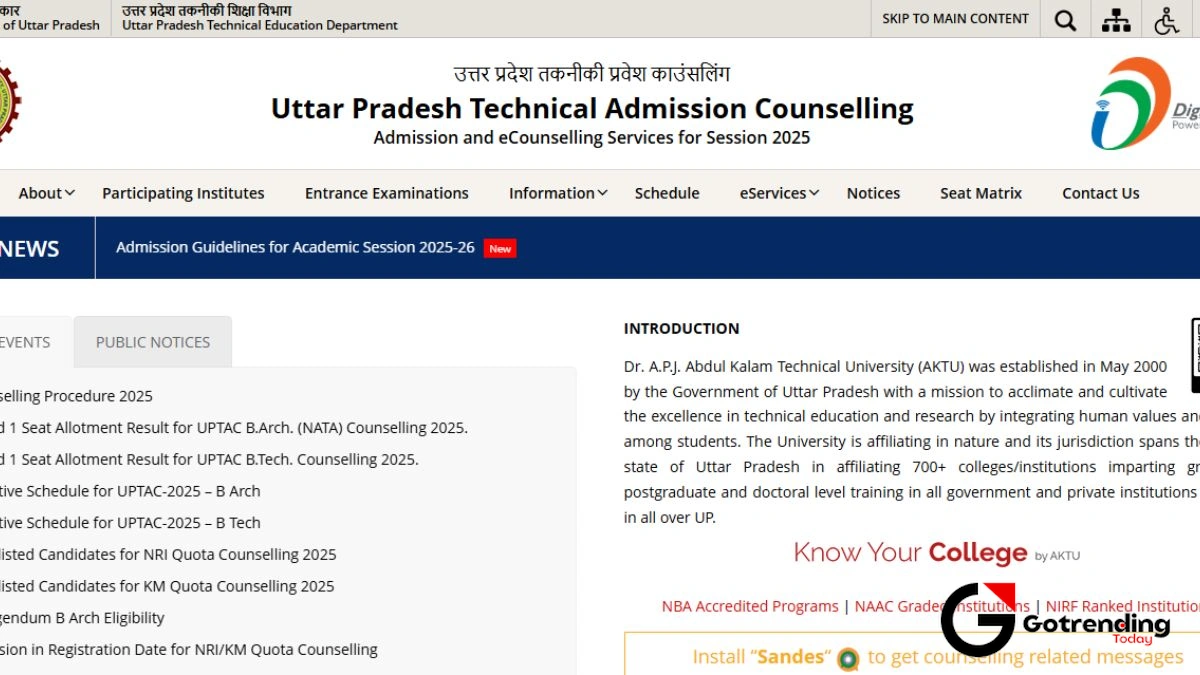
Before we dive into the “how,” let’s get the “why” straight. This isn’t just about form-filling. The uptac counselling 2024 process is the single most important strategic decision you’ll make this year. Why? Because it’s the gateway to a massive number of government and private engineering, management, and pharmacy colleges across Uttar Pradesh, primarily those affiliated withDr. A.P.J. Abdul Kalam Technical University (AKTU), along with other prestigious institutions like HBTU Kanpur and MMMUT Gorakhpur.
Your rank is fixed. You can’t change that. But how you use that rank in the counselling process is entirely in your hands. A student with a lower rank but a brilliant choice-filling strategy can absolutely land a better seat than a higher-ranked student who fills their choices randomly. This is your game to win or lose. So, let’s make sure you win.
Your Step-by-Step Guide to Nailing the UPTAC Counselling Process

Alright, let’s get tactical. The entire process can be broken down into a few key phases. Don’t try to think about all of them at once. Just focus on the step you’re on. One at a time.
Step 1: The All-Important Registration
This is ground zero. You’ll head over to the official portal and please, bookmark this:uptac.admissions.nic.in. Avoid third-party sites or random links from WhatsApp groups. For your uptac registration , you’ll need your entrance exam application number (like your JEE Main number) and password.
Pro Tip: This is where you enter your personal details. Double-check. Triple-check. A typo in your name or date of birth can cause a world of pain during document verification. Get it right the first time.
Step 2: Pay the Piper (The Counselling Fee)
Once you register, you’ll need to pay the non-refundable counselling fee online. Think of this as your entry ticket to the game. It’s a one-time fee that covers all rounds of counselling you’re eligible for. Yes, it’s non-refundable, even if you don’t get a seat or decide to withdraw later. So be sure you’re committed before you pay.
Step 3: Document Upload—The Make-or-Break Moment
This is where most students get stuck. You’ll need to upload scanned copies of your documents. A common mistake I see people make is uploading blurry or unreadable files. Use a good scanner app on your phone (like Adobe Scan or Microsoft Lens) and make sure the final file is in the specified format (usually PDF or JPG) and size.
What are the typical uptac documents required ?
- Class 10th Marksheet & Certificate (for date of birth proof)
- Class 12th Marksheet & Certificate
- Category Certificate (EWS/OBC-NCL/SC/ST), if applicable. Make sure it’s recent and in the central format!
- Domicile Certificate (if you’re claiming UP residence benefits)
- Character Certificate from your last school
- Medical Certificate (the format is usually in the UPTAC brochure)
- Your Entrance Exam Scorecard (JEE/CUET, etc.)
Step 4: The Waiting Game (Document Verification)
After uploading, your documents will be verified by the officials. This is now mostly an online process. Keep checking your login portal. If there’s a “discrepancy” (an issue with a document), they will notify you. You’ll get a limited window to re-upload the correct document. Don’t panic, just act fast. For a detailed breakdown of exam processes, you can check out this guide on the WBJEE exam for comparison.
The Choice Filling Dilemma | How to Strategize Like a Pro
This is it. The heart of the counselling. After your documents are verified, the portal for uptac choice filling will open. This is where your research and strategy pay off.
Rule #1: Don’t Do It Live. Never, ever start filling your choices directly on the portal. You’ll get flustered. Instead, open a spreadsheet or grab a notebook. Create your dream list first.
Rule #2: Order is Everything. The software will check your choices in the order you list them.
- Choice #1: Your absolute dream seat. The one you think you have a 1% chance of getting. Put it there anyway. You lose nothing.
- Choices #2-20: Your realistic, high-aspiration choices. Good colleges, top branches.
- Choices #21-50: A mix of good branches in slightly lower-tier colleges or decent branches in top colleges.
- The “Safety Net” Choices: At the bottom of your list, put choices you are 100% sure you can get with your rank and would be okay with attending. This prevents you from ending up with no seat at all.
The “College vs. Branch” debate is eternal. My advice? A great branch (like CSE/IT) in a decent, well-known college is often better than a less-desirable branch in a top-tier college. But that’s a personal call. Think about what you want to do for the next 40 years, not just the next four.
And remember to LOCK your choices before the deadline! An unlocked list is often not considered for the uptac seat allotment .
Freeze, Float, or Withdraw? Decoding the Most Confusing Step
The results for a round are out. You’ve been allotted a seat. Now you have three options. This is crucial.
1. FREEZE (The “I’m Done, I Love It” Option):
You choose this if you are completely satisfied with the allotted seat. You don’t want to participate in any further rounds. You’ll pay the Seat Acceptance Fee (a significant amount, which gets adjusted against your college tuition) and secure your admission. Game over. You’ve won. For more insights on post-exam steps, our guide on the HSSC CET Answer Key provides a useful perspective.
2. FLOAT (The “I Like It, But I Might Love Something Else” Option):
This is the most popular choice. You choose Float if you accept the allotted seat for now, but you want to be considered for better choices (ones you ranked higher on your list) in the next round. You still have to pay the Seat Acceptance Fee to hold your current seat. If you get a better seat in the next round, your previous one is automatically cancelled. If you don’t, you keep the one you have. It’s a smart way to aim higher while having a backup.
3. WITHDRAW (The “I’m Out” Option):
You choose this if you don’t want the allotted seat and you don’t want to participate in counselling anymore. Maybe you got admission somewhere else. This is a final exit. You will lose the Seat Acceptance Fee if you’ve already paid it in a previous round.
Frequently Asked Questions (The UPTAC Helpline in Your Pocket)
What if I forgot my password for the UPTAC portal?
Don’t worry, it happens to everyone. On the login page, there’s always a “Forgot Password” link. You’ll typically need to answer a security question you set during registration or receive an OTP on your registered mobile number or email to reset it.
What happens if I don’t get any seat in a round?
It’s not the end of the world. If you don’t get a seat in Round 1, you are automatically eligible for Round 2 without doing anything new. Just wait for the next round’s results. This is why filling a long and diverse list of choices is so important.
Do I have to fill hundreds of choices?
No, but you should fill as many as you are genuinely interested in. A list of 50-70 well-researched choices is much better than a list of 10 or a random list of 200. Quality and strategic ordering over sheer quantity.
Can I change my choices after locking them?
Generally, no. Once you lock your choices for a round, they are final for that round’s allotment. However, some counselling processes allow you to modify choices before the start of the next round. Always read the schedule for the specific round carefully on the official website.
Is the Seat Acceptance Fee refundable?
This is a tricky one. The rules can change slightly each year. Generally, if you withdraw your seat before the final round of counselling or within a specific “withdrawal window,” a portion of the fee might be refunded after a deduction. But if you hold a seat till the end and don’t join, you will likely forfeit the entire amount. Read the official refund policy for AKTU counselling very, very carefully.
This process feels like a mountain, but it’s really just a series of small, manageable hills. You’ve done the academic heavy lifting. Now, it’s about being diligent, strategic, and calm.
So, trust your research, be meticulous with the details, and have confidence in the list you build. This is the final step in the journey you started months, maybe years, ago. Go on and claim the future you’ve worked so hard for. You’ve got this.
